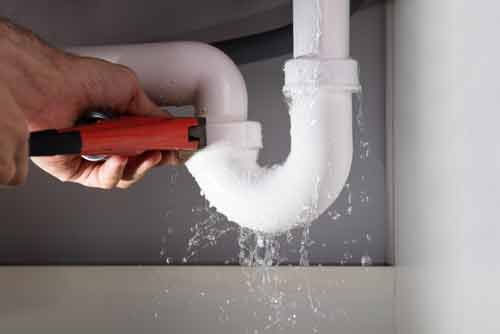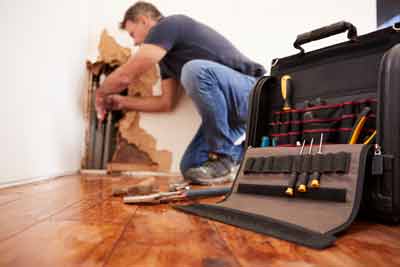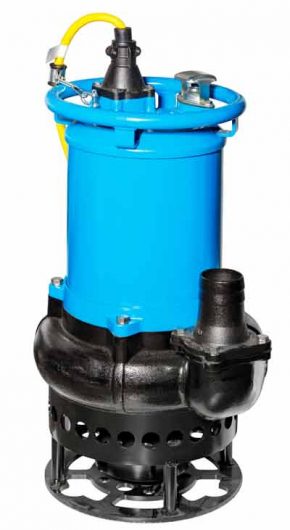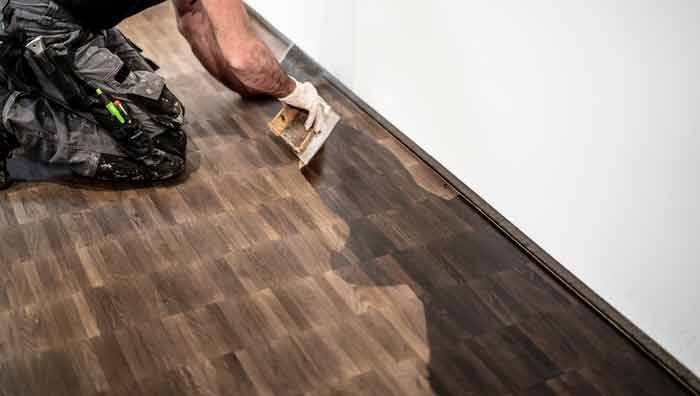Many people who live in waterlogged areas are prone to water damage, which is a major cause of water related diseases. The water damage can begin as small water spots or stains on clothes or furniture, but it can quickly escalate into water seeping through the ceiling and into homes or flooding entire houses.
Here’s How to Avoid Water Damage:

1. Stop the water flow
Water damage, the first step is to stop the flow of water. Next, remove all excess water from the affected area and wipe it dry. You can use a towel, sponge or any other absorbent material. If you need to use a vacuum cleaner after removing excess water, make sure that the power is switched off before attaching the hose to the machine. The machine should be placed on a flat surface rather than on an elevated one such as a table or floor because liquid on an elevated surface can again lead to overflow and spills of water when vacuuming. If you can’t properly then contact with wastewater treatment and recovery service.
2. Remove excess water from the affected area
After removing water from the affected area, you need to wipe down the area completely with a towel until no water is left.
3. Vacuum or mop up water that has not yet been absorbed
If there are still wet spots in the area where water damage occurred, you need to use a vacuum or mop to remove water that has not yet been absorbed.
4. Prepare Water Damage Restoration Supplies

Once water damage has been dealt with, you need water damage restoration supplies to clean up the water that will be absorbed. The water damage restoration supplies you need for this water seepage include:
Water absorbing powder: water absorbing powder is great for water damage restoration. It is water soluble and water absorbent when water spills on a wet surface like concrete or wood floor. Use water absorbing powder to soak water up before water damage restoration begins.
Water damage restoration equipment: water damage restoration equipment like water extraction hoses, water extraction vacuums, water cleanup kits and other water damage restoration equipment are water damage restoration supplies you will need to remove water from an area where water damage has already occurred.
Water removal bags: water removal bags are water damage restoration supplies you will need to clean water from an area after water damage restoration. Water removal bags work quickly with water extraction hoses.
5. Water extraction pump

Water extraction pump is water removal equipment used to drain water from water saturated areas. Water extraction pump extracts water from water damaged buildings, flooded basements, water soaked carpets and other water damaged structures. Water extraction pump can remove water from water damaged areas and water soaked materials to avoid mold growth and water damage restoration.
Conclusion
The water damage restoration process is not an easy or quick task, and water damage restoration supplies are expensive. However, water damage can limit the use of waterlogged buildings for housing, commerce, and other purposes. Prevent water damage by following these steps to stop water flow, remove excess water from the affected area and wiping it dry. You can also use a vacuum or mop to remove water that has not yet been absorbed.
